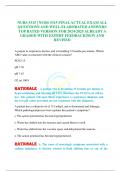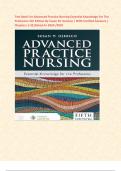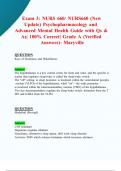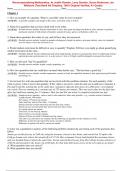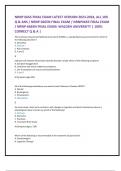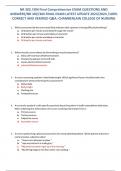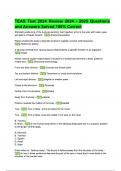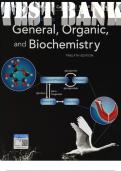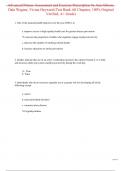Exam (elaborations)
NR 509 WEEK 1 EXAM || ALL QUESTIONS AND 100% CORRECT ANSWERS ALREADY GRADED A+|| LATEST AND COMPLETE UPDATE WITH VERIFIED SOLUTIONS (EXPERT APPROVED) || ASSURED PASS!!!
- Course
- Institution
NR 509 WEEK 1 EXAM || ALL QUESTIONS AND 100% CORRECT ANSWERS ALREADY GRADED A+|| LATEST AND COMPLETE UPDATE WITH VERIFIED SOLUTIONS (EXPERT APPROVED) || ASSURED PASS!!!
[Show more]




